From a sweatshirt to the interior of your car – sustainable solutions in the textile industry are developing rapidly and promise to change the way we see fabrics and materials manufacture in the observable future.
People are becoming more and more aware and concerned about the impact of their consumption habits. Eco-friendly recyclable and zero-waste technologies turn from a trick to attract consumers into a must and a severe reputation feature. The rising demand for sustainable solutions and conscious manufacturing forces various manufacturers in the textile ad fashion industry to develop researches that would allow utilization of the potential of sustainable commodities such as plants, recycled materials, and even sea waste.
Let’s overview 10 trends in the sustainable textile industry, that will initiate the revolution in the way we see fashion, design, and comfort.
#1 Recyclable Active wear Materials
Sports clothes have always been the biggest issue for the overall textile industry. Traditionally made of synthetic petroleum-based materials, active wear is among the most eco-impactful fields in the fashion industry.
Several aware brands have already announced the launch of items made entirely out of recyclable materials, encouraging the sports industry become a part of the eco-friendly consumption movement.
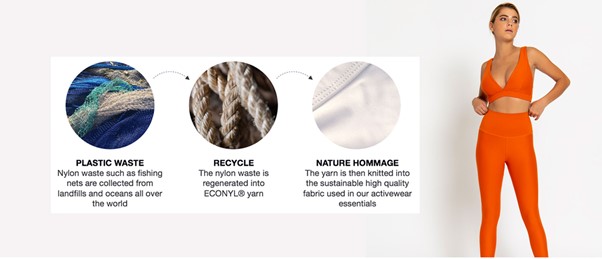
#2 Hemp-based fabrics
Hemp fibers are ultimately sustainable and rapidly renewable commodities. Simultaneously, the hemp-based fabric that comes from it is durable, safe, and versatile. You can use it for outerwear, clothing, or home textile. However, the Cannabis Sativa Plant – the source of hemp fibers – has been an object of numerous stigmas in the community ad remained in a grey legal field as a popular recreational drug source. As long as the legalization trends are gaining momentum today, we may hope that hemp-based materials will soon become as common as linen and cotton.

#3 Coffee Ground Fibers
Today every cup of coffee may result in providing commodities for an innovative sustainable material. A Taiwanese lab has developed a technology that allows turning coffee ground into a durable and versatile fabric with unique anti-odor features. Today the brand cooperated with the world-leading coffee manufacturers and vendors to collect and utilize coffee grounds and promote the new sustainable material.
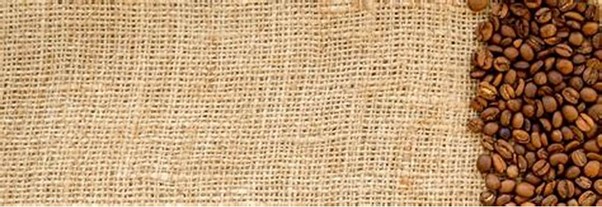
#4 Banana Fibers
Banana is becoming the leading provider of commodities for various sustainable and vegan materials. Manufactured from the banana stem, those fibers become the foundation for multiple textures – from woven fabrics to petroleum-free faux leather.

#5 Pinatex – the pineapple fabric
When we talk about cruelty-free eco-leather, Pinatex is the first thing that comes to mind. Like banana and coffee fibers, Pinatex also comes from materials that would initially end up the dumpster – pineapple leaves. Therefore this material is one more example of how a sustainable textile industry reduces waste disposal.
Also, Pinatex is an example of faux leather that does not contain petroleum-derived elements like PVC or PU. Therefore, being cruelty-free is also the most eco-friendly solution today.
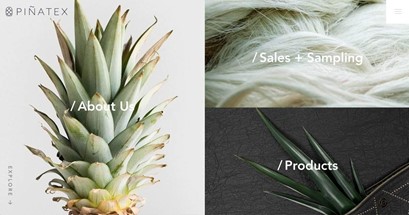
#6 Lotus Fibers
Let’s make it clear; Lotus Fibers are not that innovative. The manufacture of Lotus-derived materials has been known and popular in Asia for centuries. However, today is re-discovered for the Western world. The secret is simple: most of the textile is manufactured in Asia, and when customers started to show interest in natural and sustainable materials, Asian manufacturers offered their solution. Traditionally used for royal, festive, and religious apparel, Lotus fibers provide a silky and breathable fabric similar to raw linen but are more lightweight and delicate.
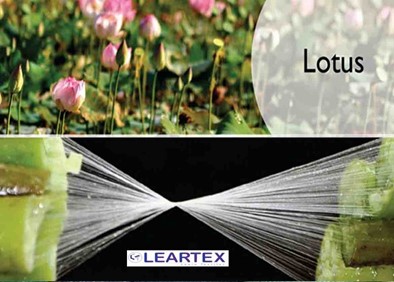
#7 Nettle Fibers
Nettle comes from an Urtica Dioica – a low-maintenance and easy to grow plant. Fibers that come from nettle are quite similar to hemp fibers and provide material with the same features. It is durable, versatile, keeps you cool in the summer and warm in winter. Unlike Hemp, it is not surrounded by stigmas and legal uncertainties. The nettle plant also requires much less water than cotton and produces its natural pesticide, being the most low-maintenance plant species. All those features plus innovative solutions that allow growing highly-fibered plants let the textile industry hope that soon we shall have a cheaper and more sustainable alternative to organic cotton.
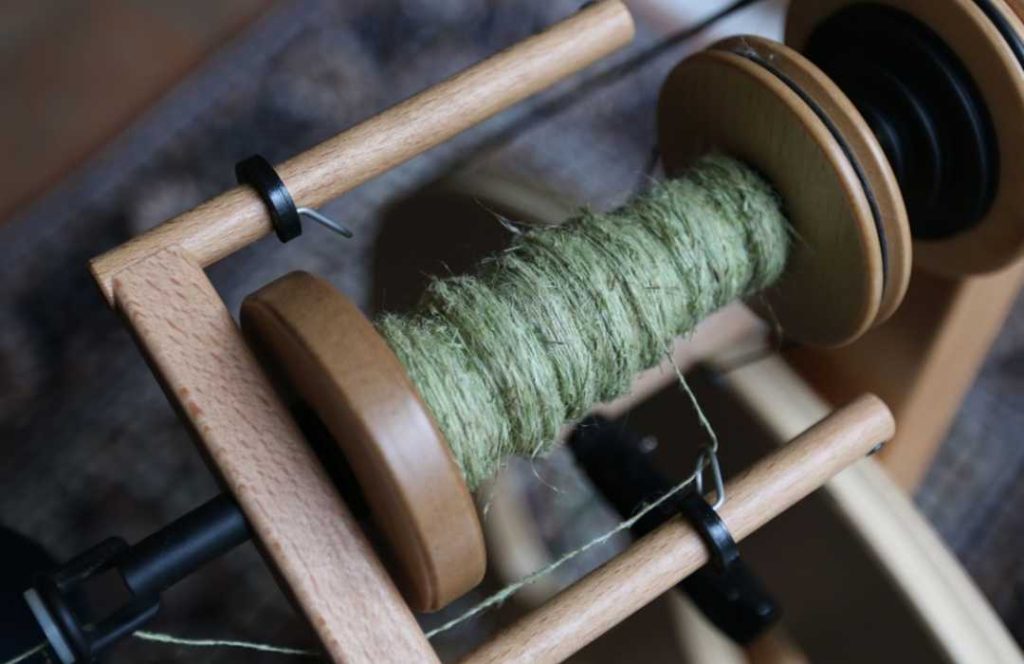
#8 Kapok
This exotic name belongs to a unique natural cellulose fiber of Kapok tree fruits. It is a gigantic tree that grows primarily in Mexico and Central America. Fast-growing and reproducing, this tree’s fibers might be the most sustainable and renewable material known to the textile industry today.
The material that comes out of Kapok fibers is not just silky and soft but has some remarkable properties being anti-moth ad anti-mite. Therefore it is becoming an ultimate remedy for home textile today.
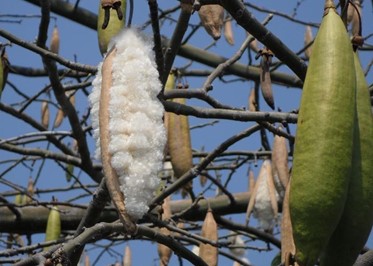
#9 Fibers from the sea
Seaweed or kelp, vastly available in the world ocean, can easily be turned into fibers for sustainable and wearable materials. They also easily blend with cotton and linen, helping manufacturers save tons of water on producing various textiles. For example, four basic t-shirts made of seaweed mixed material save more than 15 bathtubs of clean water.
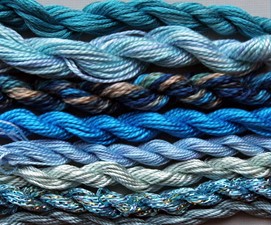
#10 Squid Genes
This kind of material sounds like an item from a sci-fi series. It has self-healing characteristics that can be extracted as thermoplastic fibers in an eco-friendly and low-cost process. As a result, you get a sustainable, 100% recyclable, eco-friendly material. This material also acts like a glue that prevents micro plastic pollution in the oceans, providing the solution for the most significant concern about the modern textile industry.
The technologies are moving forward, and new concepts appear every day. Most probably, the shirt you are wearing right now will become an example of outdated technology as we shall get used to clothes, home textile, and interior made entirely out of plants ad recycled materials.
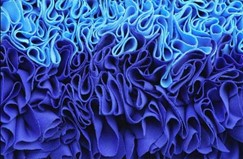







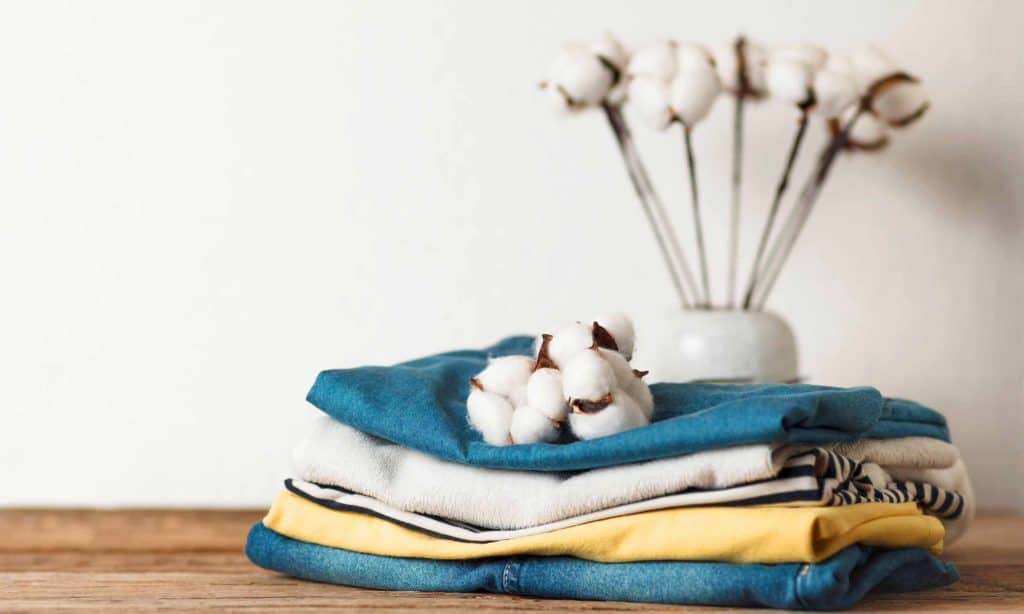
0 Comments